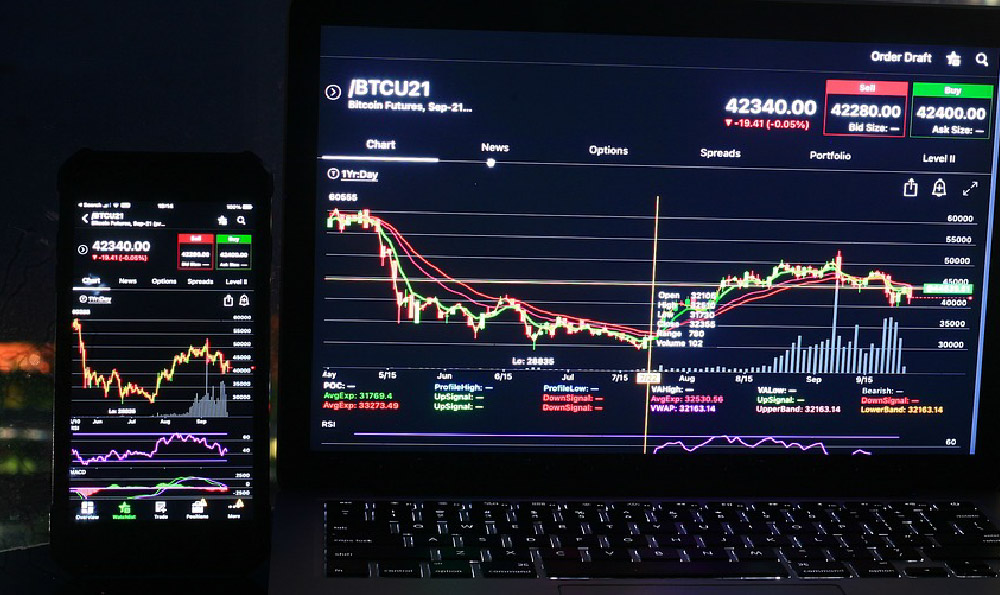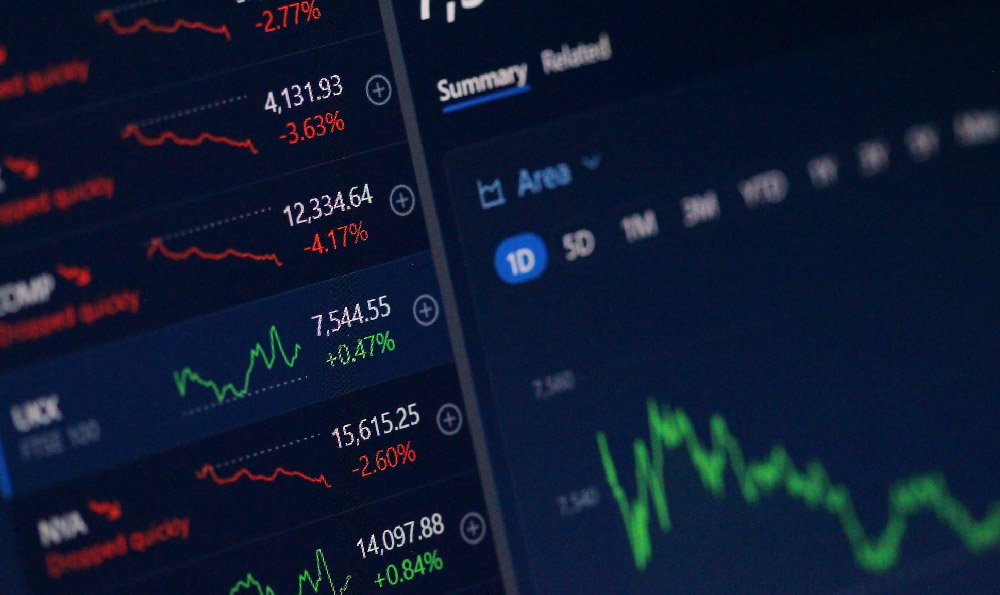
The allure of being your own boss, setting your own hours, and potentially earning a decent income draws many to consider becoming an Uber driver. However, the reality of driving for Uber, like any job, requires careful consideration and a realistic understanding of the potential earnings versus the costs involved. Determining if it's "worth it" is a deeply personal calculation, dependent on your individual circumstances, financial goals, and tolerance for the inherent challenges.
Understanding Potential Earnings: Gross vs. Net Income
Uber's promotional materials and driver testimonials often highlight potential earnings, but it's crucial to dissect these figures to understand what you might realistically take home. The initial numbers you see are typically gross earnings, meaning the total fare revenue generated before any deductions. These figures can vary wildly based on several factors, including:

- Location: Cities with higher demand for rideshare services typically offer better earning potential. Densely populated urban areas often have more ride requests and surge pricing opportunities than smaller towns or rural regions.
- Time of Day and Week: Peak hours, such as rush hour commutes, weekend nights, and during special events (concerts, sporting events), usually translate to higher fares and surge pricing multipliers. Conversely, driving during off-peak hours may yield significantly lower earnings.
- Uber's Commission: Uber takes a percentage of each fare, which varies depending on the city and the type of service (UberX, UberXL, etc.). Understanding the specific commission rate in your area is essential for accurate earnings projections.
- Surge Pricing: Surge pricing occurs when demand exceeds the available drivers, leading to increased fares. While surge pricing can significantly boost earnings, it's not guaranteed and can fluctuate dramatically.
- Promotions and Bonuses: Uber frequently offers promotions and bonuses to incentivize drivers, such as completing a certain number of rides within a specific timeframe or earning extra for driving in particular zones. These incentives can supplement your income but shouldn't be relied upon as a consistent source of earnings.
However, gross earnings don't tell the whole story. To accurately assess your potential income, you need to calculate your net earnings, which represents the amount you actually keep after deducting all expenses.
The Real Cost of Driving: Expenses to Consider
Beyond Uber's commission, numerous expenses eat into a driver's earnings. Accurately tracking and accounting for these costs is paramount to understanding the true profitability of driving for Uber:
- Vehicle Expenses: This is arguably the most significant expense category. It includes:
- Gas: Fuel costs are directly proportional to the miles you drive. Monitor your gas consumption and consider fuel-efficient driving techniques to minimize expenses.
- Maintenance and Repairs: Driving extensively puts wear and tear on your vehicle. Regular maintenance, such as oil changes, tire rotations, and brake inspections, is crucial to prevent costly repairs down the line. Unexpected repairs can also arise, further impacting your earnings.
- Depreciation: A vehicle's value depreciates over time, especially with high mileage. The more you drive for Uber, the faster your car's value will decline.
- Insurance: Your personal auto insurance policy may not cover accidents that occur while driving for Uber. You may need to obtain supplemental rideshare insurance, which can add a significant cost to your monthly expenses.
- Vehicle Financing (if applicable): If you have a car loan, the monthly payments will further reduce your net earnings. Consider the interest rate and loan terms when calculating your overall costs.
- Cleaning: Keeping your vehicle clean and presentable is essential for maintaining a good rating and attracting passengers. Car washes, detailing, and cleaning supplies all contribute to your expenses.
- Data Plan: Using the Uber driver app requires a reliable data plan. Ensure you have sufficient data to navigate, access ride requests, and communicate with passengers.
- Taxes: As an independent contractor, you're responsible for paying self-employment taxes, including Social Security and Medicare taxes, in addition to federal and state income taxes. Set aside a portion of your earnings to cover these tax obligations.
- Parking and Tolls: Depending on your location, you may incur parking fees or toll charges while driving for Uber.
Calculating Your Net Earnings and Hourly Rate
To determine if driving for Uber is truly worth it, calculate your net earnings and effective hourly rate. Here's a step-by-step approach:
- Track Your Gross Earnings: Keep a detailed record of your gross earnings from each ride. The Uber driver app provides summaries of your earnings.
- Calculate Your Expenses: Meticulously track all your expenses related to driving for Uber, including gas, maintenance, insurance, taxes, and other costs.
- Subtract Expenses from Gross Earnings: Subtract your total expenses from your gross earnings to arrive at your net earnings.
- Track Your Driving Hours: Record the total number of hours you spend driving for Uber, including time spent waiting for ride requests.
- Calculate Your Hourly Rate: Divide your net earnings by the number of driving hours to determine your effective hourly rate.
Comparing Your Hourly Rate to Alternatives
Once you've calculated your effective hourly rate, compare it to other potential employment opportunities. Consider factors such as:
- Minimum Wage: Is your hourly rate above the minimum wage in your area?
- Alternative Job Offers: What are the potential hourly wages for other jobs that align with your skills and experience?
- Benefits: Do other jobs offer benefits such as health insurance, paid time off, or retirement contributions? These benefits can significantly impact your overall compensation.
The Intangible Factors: Beyond the Numbers
While financial considerations are paramount, other intangible factors influence the overall experience of driving for Uber:
- Flexibility: The ability to set your own hours and work when you choose is a major draw for many drivers.
- Independence: Being your own boss and making your own decisions can be empowering.
- Social Interaction: Interacting with diverse passengers can be enjoyable and provide opportunities to learn and connect with others.
- Stress: Dealing with traffic, demanding passengers, and unpredictable ride requests can be stressful.
- Safety: Ensuring your safety and the safety of your passengers is paramount. Being aware of your surroundings and taking precautions to avoid potentially dangerous situations is crucial.
Is It Worth It? The Verdict
Ultimately, the decision of whether driving for Uber is "worth it" is a personal one. Carefully consider your financial goals, risk tolerance, and the intangible factors mentioned above. Run the numbers, track your expenses, and compare your hourly rate to other opportunities. If you find that you can earn a decent income while enjoying the flexibility and independence that Uber offers, then it may be a worthwhile endeavor. However, if the financial rewards are not sufficient to compensate for the costs, stress, and potential risks, then it may be best to explore alternative options. Remember, a well-informed decision is the best decision.





